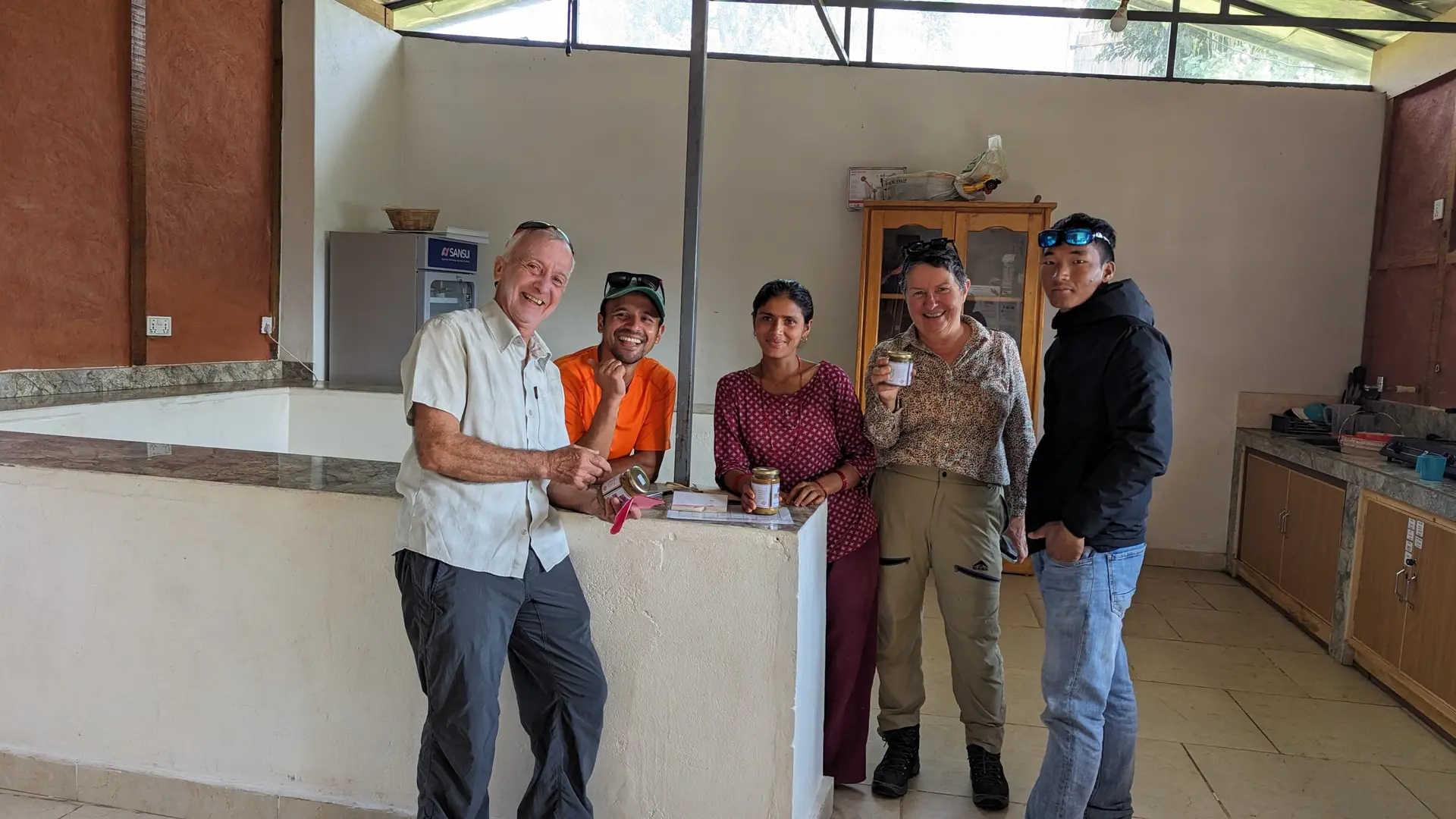
Coffee and Countryside
Sarangkot's Village and Coffee Adventure
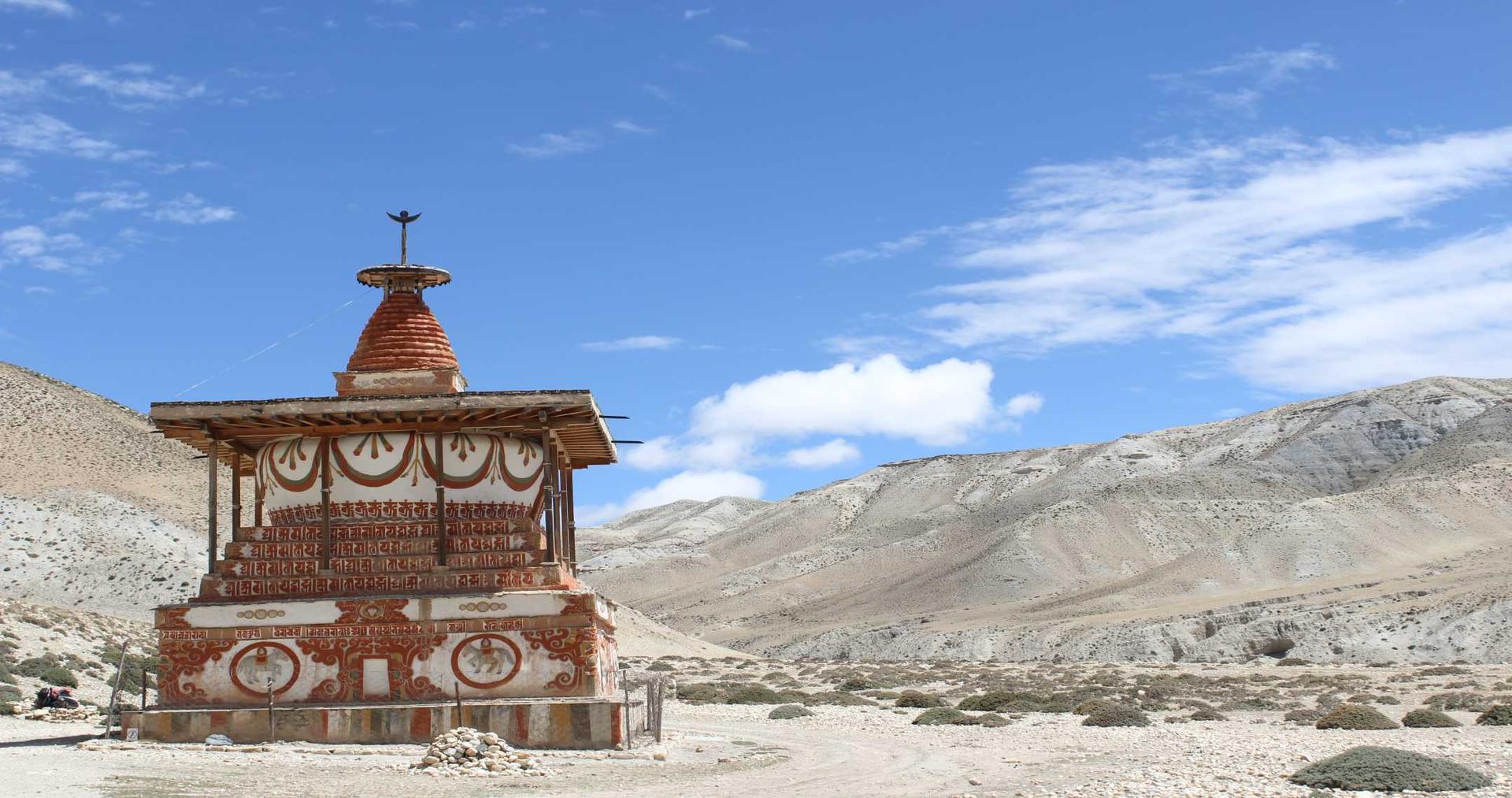
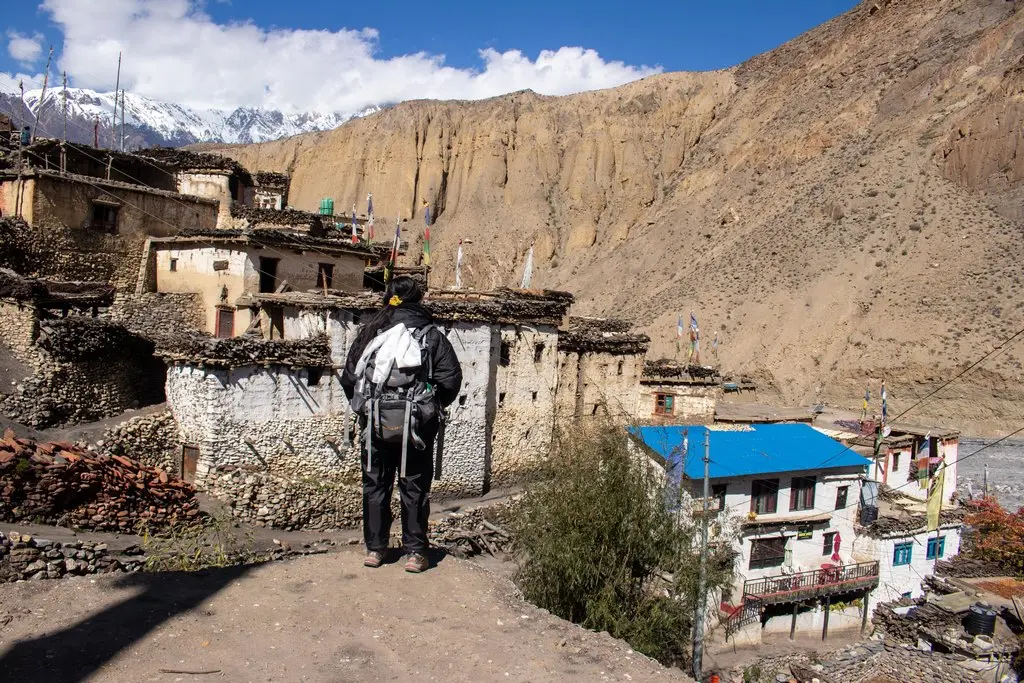
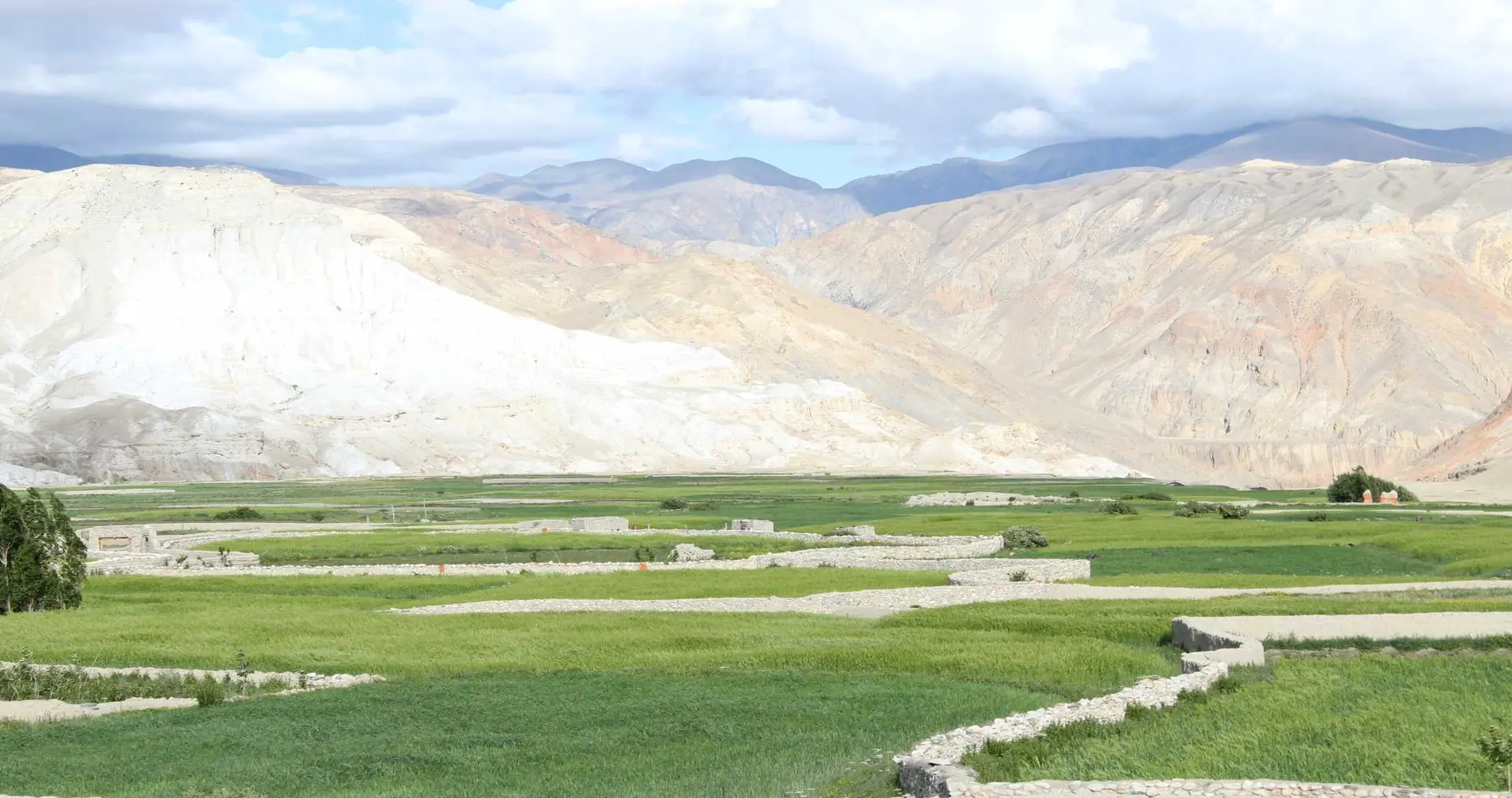
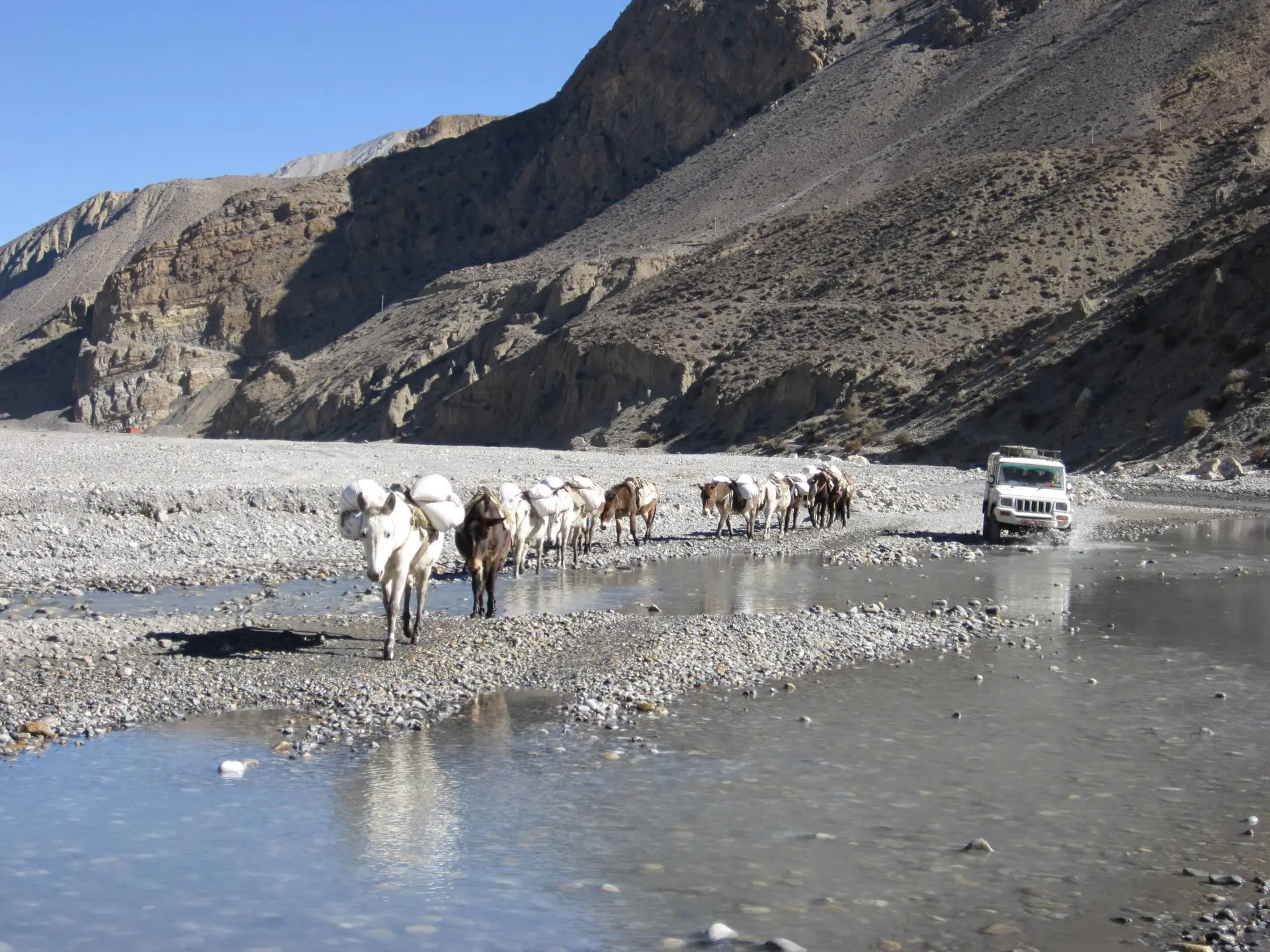
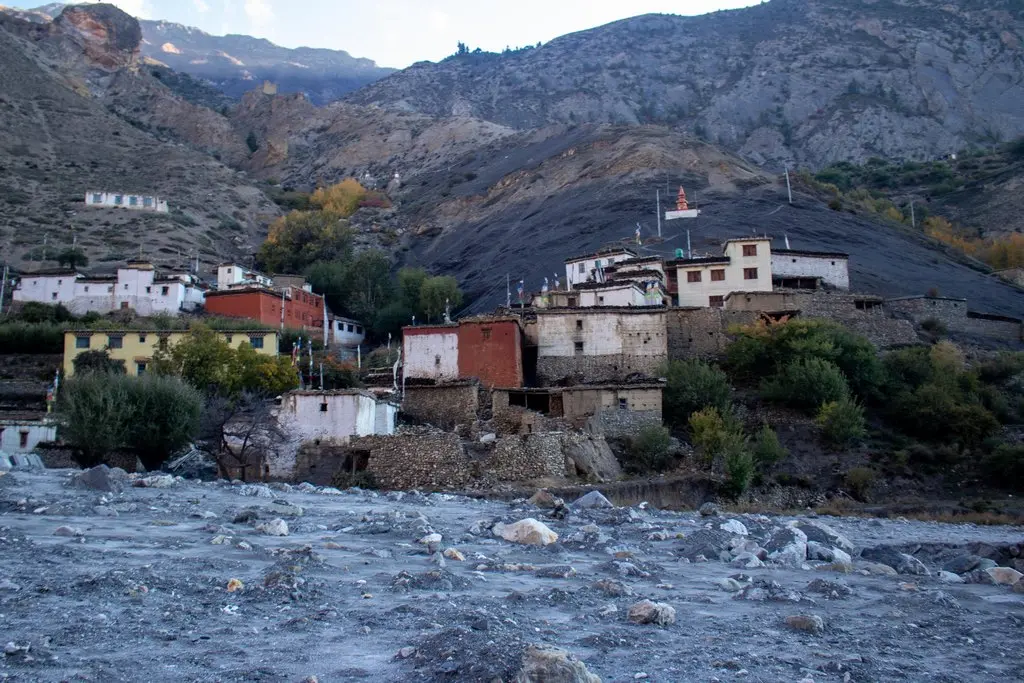
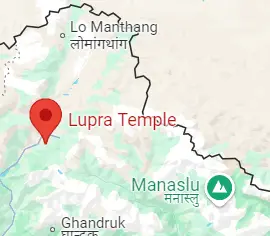

Explore the flavors with hands-on cooking classes.
Take a walk through the beautiful village.
You'll be provided with Breakfast, Lunch and Dinner.
Farming Activities
Discover the beauty of a rural Gurung village at 2,972 meters, offering traditional accommodations, rich cultural experiences, and stunning views of Mt. Annapurna.
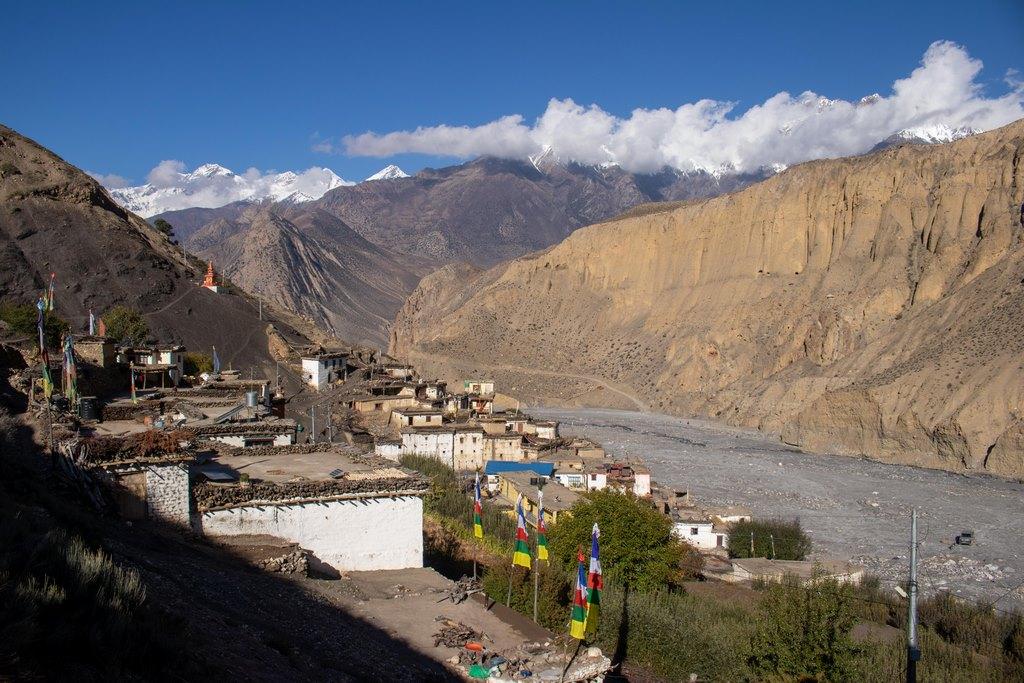
Experience stunning views of Mt. Annapurna and pristine landscapes.


Sarangkot's Village and Coffee Adventure
Conservation of Traditional Customs: Supporting the preservation of Gurung heritage and customs.
Employment Opportunities: Creating jobs for local residents through tourism.
Community Development: Enhancing the quality of life for villagers through economic support.
Sustainable Practices: Promoting eco-friendly tourism that respects the environment.
Cultural Exchange: Encouraging interaction between visitors and the local community, fostering mutual understanding.
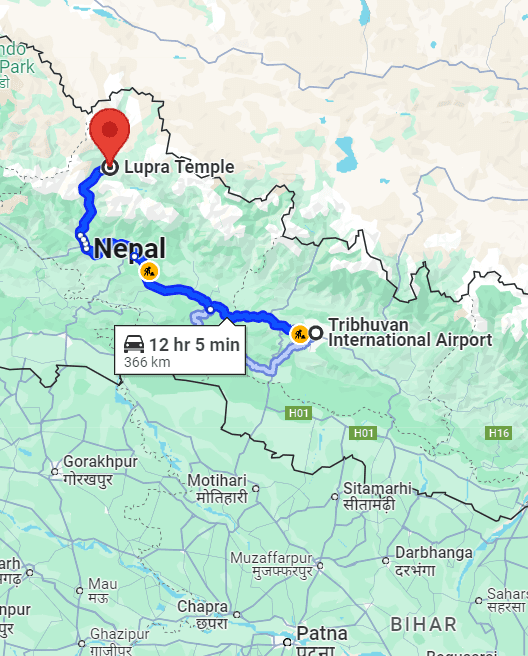
Getting to our rural Gurung village is easy:
Distance: Located approximately 105 km from Pokhara.
By Private Vehicle: About 4 hours of scenic driving.
By Bus: Roughly 5 hours, providing a local experience.
Yes, Wi-Fi is available in almost every house.
Yes, your hosts will provide boiled water, which is safe to drink. We encourage guests to opt for boiled water instead of plastic bottles to help protect the environment.
There is a mix of squat and western washroom facilities within homestays. Please let us know when booking if you would need a western washroom, we can allocate it if available.
Most of the hosts do speak little to basic English but they do have at least one member in the family who can communicate with good English for ease of interaction.
Yes, some families have pets. If you are allergic, please let us know when booking, and we will arrange a stay in an animal-free house for you.